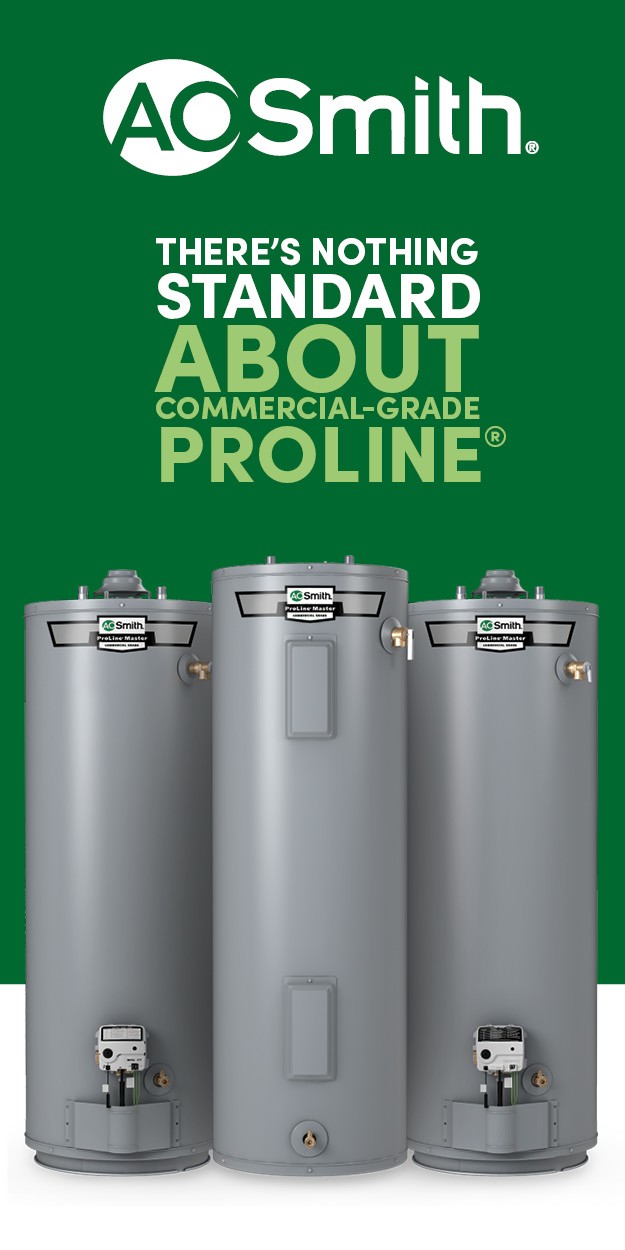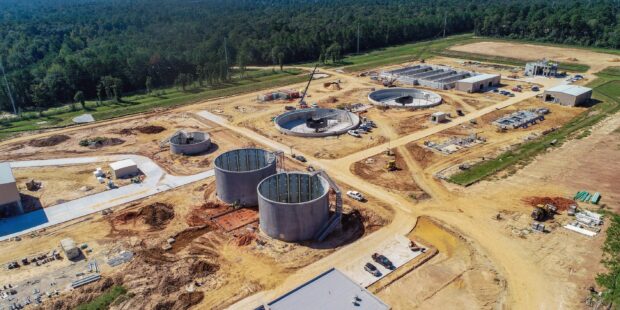
The new wastewater treatment plant involves a hybrid design that lowers capital costs and allows for future conversion to carbon diversion and anaerobic digestion
By Hanna Heiss
Experiencing rapid population growth, the City of Conroe, Texas, urgently needed to enhance its wastewater treatment capacity. The existing Southwest Regional Wastewater Treatment Plant, approaching 75% capacity, triggered regulatory considerations by the Texas Commission on Environmental Quality (TCEQ). This fostered the idea for a new facility: the Conroe Central Wastewater Treatment Plant. The plant is the largest capital project in the City of Conroe’s history.
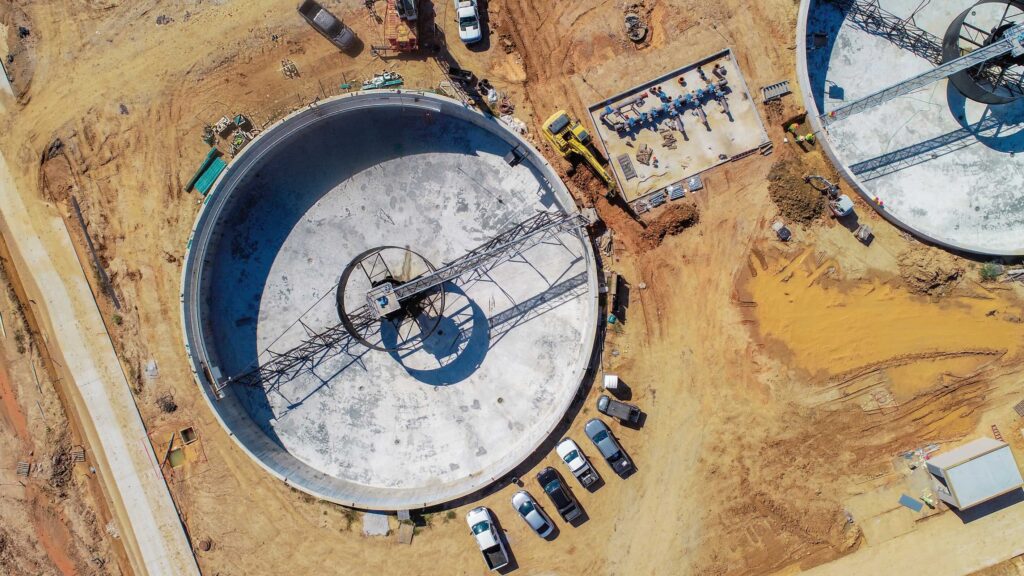
The new $60 million plant caters to rising demands from the residential, commercial and industrial sectors. The project goal was to construct a new plant with an initial capacity of six million gallons a day (MGD), but with the ability to expand to up to 12 MGD.
With the project owner and developer the City of Conroe, lead design firm Lockwood, Andrews & Newman, Inc. (LAN) was responsible for structural, civil, mechanical, electrical, plumbing design and construction-phase services, as well as site evaluations. LEM Construction Co. was the project’s construction manager. The project timeline spanned from early December 2019 to late November 2022.
A Call for Project Redesign
One of the obstacles the development team had to overcome was quickly redesigning the project’s primary plan when it was decided that the original would no longer suffice.
“The original design was a two-stage carbon diversion process utilizing very high rate activated sludge and anaerobic sludge digestion,” said Lockwood, Andrews & Newman, Inc. Senior Project Manager Bill Schlafer.
“To address rising energy costs, the project was designed as a hybrid design that can allow future incorporation of carbon diversion, anaerobic digestion and gas to energy production to offset operating costs,” said Schlafer.
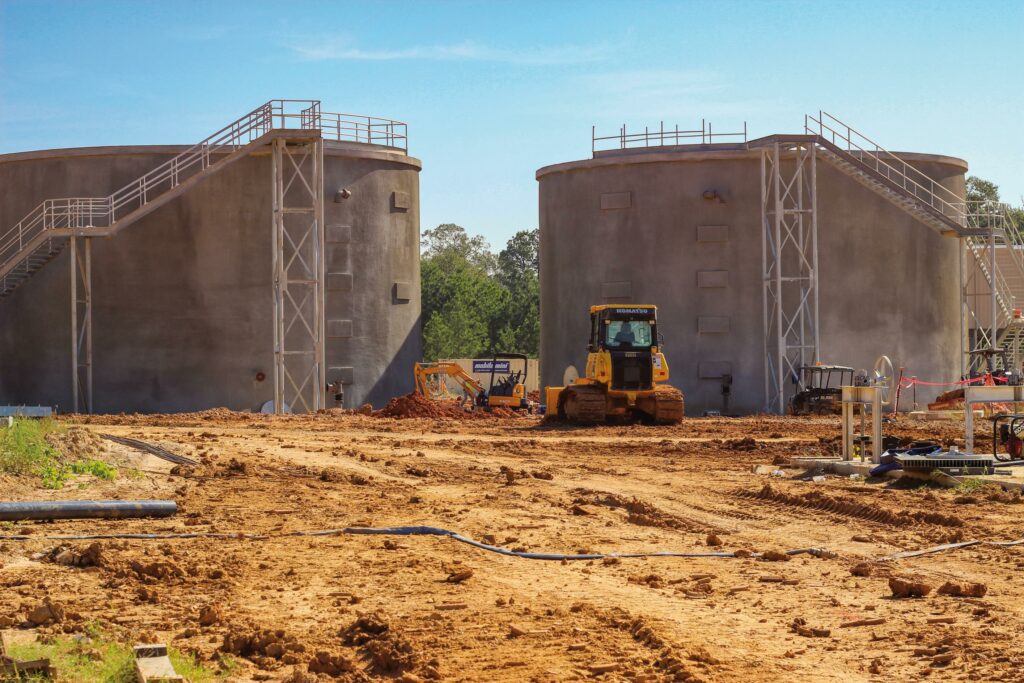
This redesign allowed for the accommodation of future conversion to carbon diversion with anaerobic digestion and without abandoning initial construction structures. The result is a plant that provides safe and reliable wastewater services to the community for the foreseeable future while positively benefitting the climate.
Implementing carbon diversion biological processes demonstrated the team’s commitment to sustainability and their dedication to carbon footprint reduction.
“The initial phase biological process has been proven to be very energy efficient, using very low dissolved oxygen concentrations for aeration and saving power,” said Schlafer. “Plant energy costs were reduced by approximately 25% at the Conroe Southwest Regional WWTP after a similar process was implemented.”
Site Plans Bear Challenges
At the 75% design stage, the original site had to be changed as it was in a flood zone. The relocation decision was made by the city after the initial outfall, approved for 12 MGD by TCEQ, was reduced to 8.5 MGD. Alternate sites were then identified in a LAN-prepared
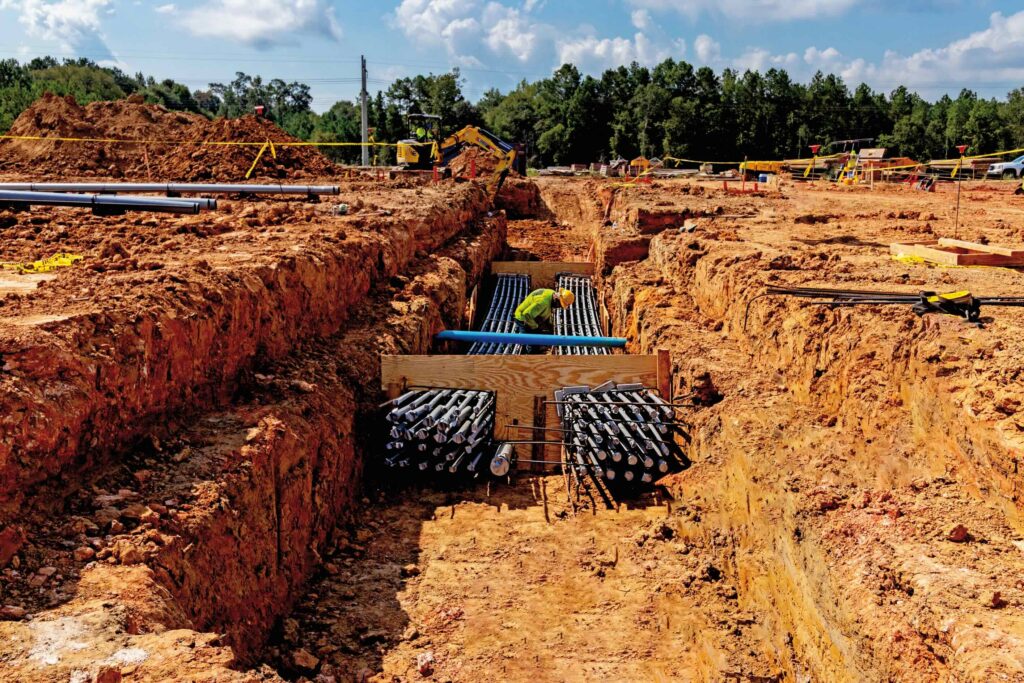
wastewater treatment master plan, helping to secure a 12 MGD capacity commitment from TCEQ.
Site relocation immediately led to another challenge. Since the TCEQ Texas stream model used to evaluate wastewater discharges and loading did not include Stewart Creek (the only creek near the new site), a new TCEQ-approved site discharge location had to be identified. To combat this, LAN’s modeling expert modeled the discharge into Stewart Creek. Through repeated modeling iterations and meetings with TCEQ, an approved discharge location was obtained.
Enabling Continued Investment and Future Development
Completed on time in November 2022, the Conroe Central Wastewater Treatment Plant project was also completed on budget with 0.3% non-owner-directed change orders, ultimately meeting Conroe’s desired construction cost goals.
“The addition of the new Central Wastewater Treatment Plant was pivotal for the rapidly growing city, as it addressed the TCEQ’s requirements to start design to expand capacity once the existing wastewater infrastructure met 75% capacity,” said Schlafer. “Once
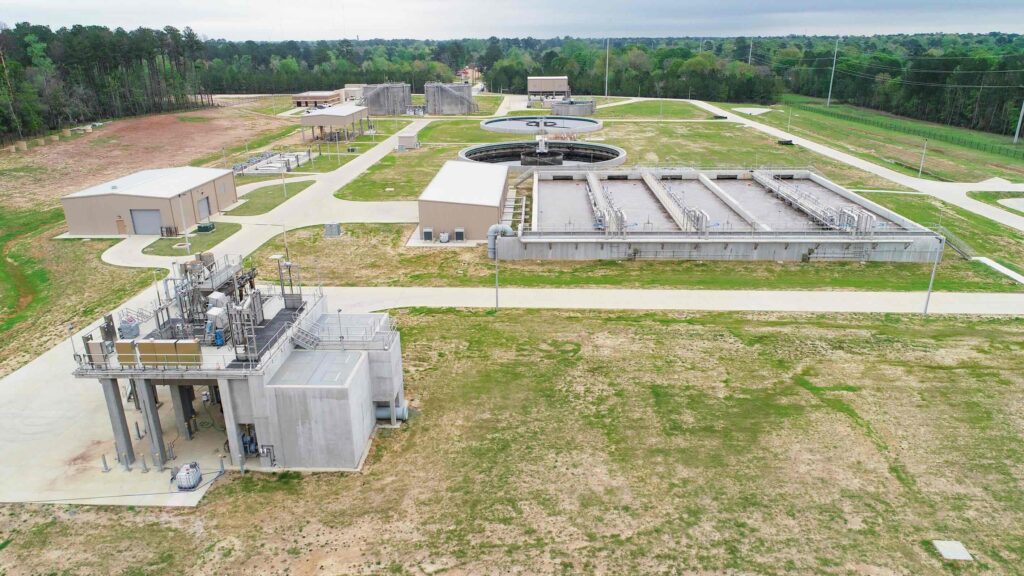
constructed, the project directly enables developers to continue investing in the community with residential, commercial and industrial development, addressing the increasing demand for the growing population.”
The team is particularly proud that the new plant will support the growing community of Conroe, providing safe and reliable wastewater treatment for generations to come. The ability to deliver the project on time and within budget, given the required location change at the 75% design phase while also battling challenges associated with the COVID-19 pandemic was also a major accomplishment to the team.
With its ability to double its capacity and incorporate carbon diversion, anaerobic digestion and gas-to-energy production to offset future operating costs and have a positive impact on the climate, the Conroe Central Wastewater Treatment Plant is indeed one for the books.
With its future-focused design, the plant provides the scalability and adaptability the City of Conroe needs to have successful population growth, ongoing community investment and future development.
Hanna Heiss is the senior editor of American Infrastructure magazine.











